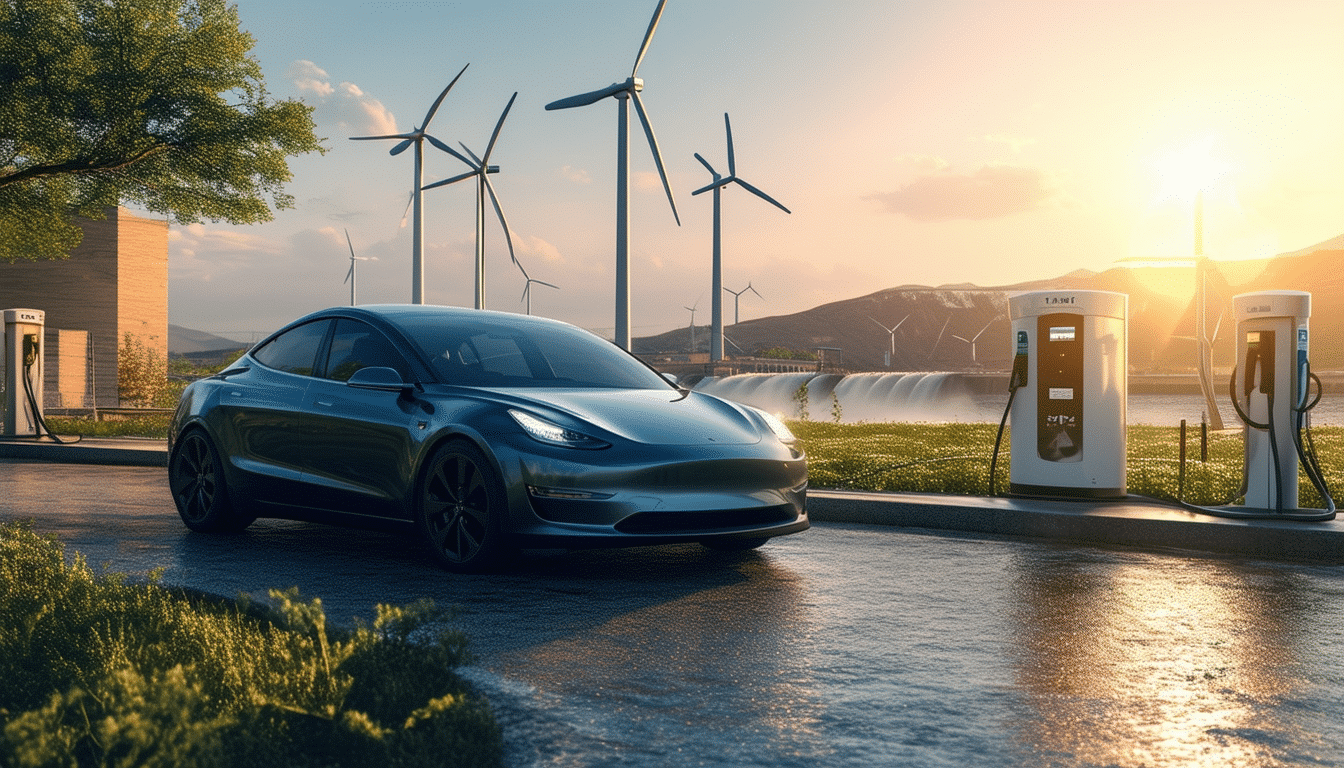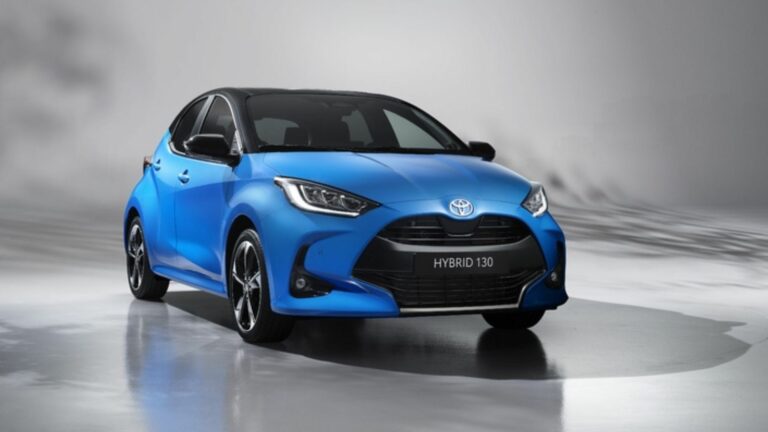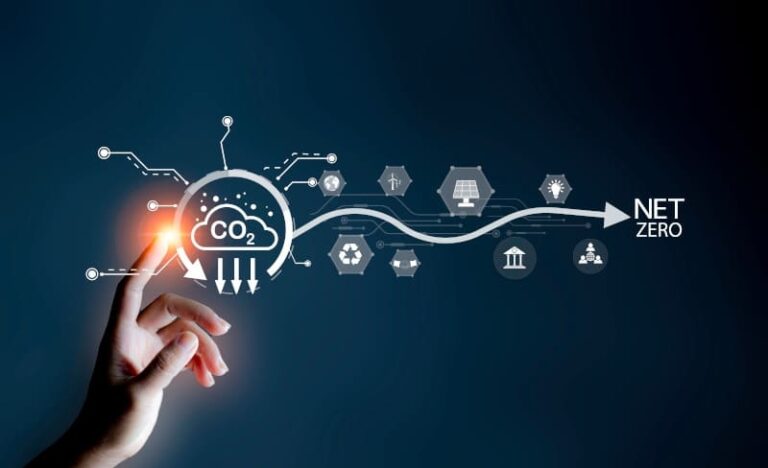¿Where does the energy that powers an electric car come from?

The growing popularity of electric cars is driven by their promise to reduce harmful emissions and rely less on fossil fuels. However, it is essential to understand where the energy that powers them comes from. Currently, although approximately 20% of this energy comes from renewable sources such as wind and solar energy, most still depends on the conventional electrical grid. Electric vehicles connect to this grid to recharge their lithium-ion batteries, storing the energy needed for their operation. The charging infrastructure varies depending on whether it is done at home, at public charging stations, or at specific points managed by different entities.
Electric cars are revolutionizing the world of transportation thanks to their efficiency and lower environmental impact. These vehicles operate using electric energy stored in batteries, which are recharged by connecting them to the electrical grid. However, the source of this energy can vary, from renewable energies like solar and wind to others derived from fossil fuels. This article will detail the origin of the energy that electric cars use and how their storage and conversion work.
The Electric Grid: Main Source of Energy
Most electric cars are recharged by connecting them to the conventional electrical grid. This grid can obtain its electricity from various sources, which include both renewable and non-renewable energies. Only about 20% of the electricity comes from renewable sources like wind and solar energy, while the rest still largely depends on fossil fuels such as natural gas and coal.
Charging Infrastructure
The location where an electric car is charged will depend on the existing charging infrastructure. This infrastructure can be found at the user’s own home, at public charging stations, or at workplaces. The availability and accessibility of these charging points are crucial for the growth of electric vehicle usage.
Lithium-Ion Batteries
Electric cars store energy in lithium-ion batteries. These batteries are essential for the vehicle’s efficiency and range. The stored energy is used to power the electric motor of the car, which converts electrical energy into mechanical energy through electromagnetic interactions. This process allows the vehicle to move efficiently and quietly.
Renewable Energies: Sustainable Future
Renewable energies present a long-term solution for generating electricity without harmful emissions. Sources such as solar, wind, hydropower, and geothermal are almost unlimited and can contribute a significant portion of the energy required by electric cars. As the proportion of renewable energy in the grid increases, electric cars become an even more eco-friendly option.
Towards Cleaner Transportation
The use of electric cars significantly contributes to the reduction of emissions of greenhouse gases. However, the transition to completely clean transportation also depends on the decarbonization of electricity production. It is essential to continue developing and implementing technologies that allow for cleaner and more efficient energy generation.
While the challenges are many, the benefits of adopting electric cars and making the most of renewable energy sources are undeniable. From the defense of combustion engines to the creation of new infrastructures, each step towards the use of clean energies is essential for a sustainable future.
In sustainable communities like Culdesac, the use of electric cars is already showing positive results, and addressing the outstanding challenges will allow for even more effective implementation of this technology.
Innovations in the automotive sector, such as future car technology, will continue to surprise and open new possibilities for cleaner and more efficient transportation.
The energy that powers an electric car comes from various sources, but most current vehicles recharge by connecting to the electrical grid. This grid is composed of a mix of various energy sources like fossil fuels, nuclear, and renewables. Of these, only about 20% comes from renewable energies like wind or solar, although this percentage is expected to increase over time.
The recharging process of an electric car can take place in different locations depending on the available infrastructure. One of the most common places is the user’s own home, where a home charging station can be installed. Additionally, there are public charging stations at various points in cities, shopping centers, and along strategic routes to facilitate long travels.
Electric cars store energy in lithium-ion batteries, which are the most used today due to their high storage capacity and efficiency. These batteries allow electrical energy to be transformed into mechanical energy through an electric motor. This process is much more efficient compared to internal combustion engines, which means that the amount of energy lost is minimal.
The development of technologies such as hydrogen fuel cells is also gaining ground. These cells generate electricity through chemical reactions and are a promising option for the future of electric cars, as they offer greater range and faster recharge times.
Renewable energy sources play a crucial role in the sustainability and efficiency of electric cars. The growing adoption of these sources has the potential to reduce greenhouse gas emissions and decrease our dependence on fossil fuels. However, the transition to a 100% renewable energy system requires significant investments in infrastructure and the development of new technologies.
In summary, the energy that powers electric cars primarily comes from the electrical grid, which is constantly evolving to incorporate more renewable sources. Advances in energy storage and generation technologies promise a future that is increasingly efficient and sustainable for electric mobility.





